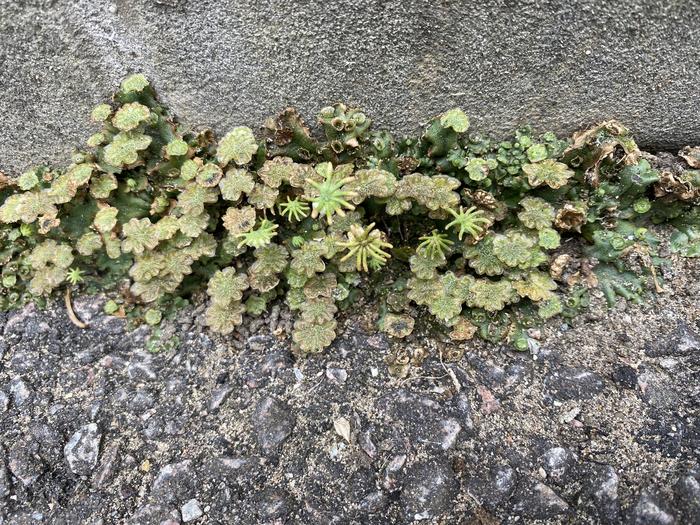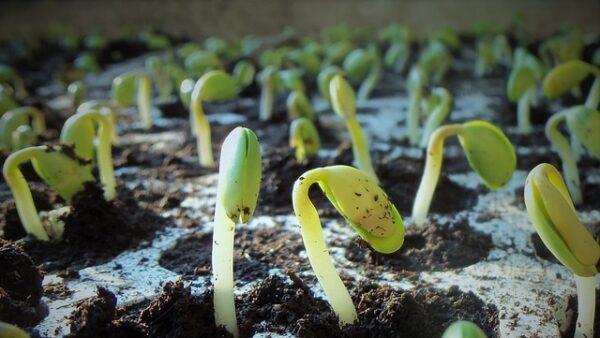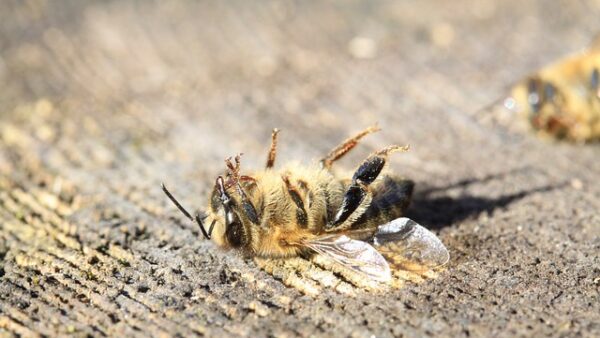The Jurassic era was dominated by dinosaurs, conifers and ferns. But around 140 million years ago, at the start of the Cretaceous, flowering plants exploded onto the scene and took over every corner of the planet. This sudden flowering of the planet threatened Darwin’s theory of evolution, which posited a gradual process. He referred to it as “an abominable mystery.”
Now a new study published in the journal PLOS by Kevin Simonin at San Francisco State University and Adam Roddy at Yale University, in the US, offers a surprising explanation.
The driving force that allowed flowering plants to be so successful and so diverse was the downsizing of their genomes.
That meant they could make more compact cells, “like smaller Lego blocks,” says Simonin. Packing their leaves with breathing pores (known as stomata) and densely branched veins allowed flowering plants to photosynthesize at three times the rate of ferns, and thereby grow much faster.
“They couldn’t do that without the infrastructure,” says Tim Brodribb of Australia’s University of Tasmania, who researches plant evolution but was not involved with the current study. “This is what allowed them to overrun the planet.”
Simonin and Roddy suggest the ability of flowering plants to shrink their genomes didn’t just enable better infrastructure, it was also the engine for their explosive diversity.
For centuries, botanists thought that the answer to Darwin’s abominable mystery was the flower itself. Because flowers promote outcrossing, breeding between individuals not closely related, and rely on different species of animals for pollen dispersal, they provide an engine for diversity.
But that answer did not explain how flowering plants evolved their superior fitness in the first place.
Besides flowers, there are two other conspicuous features of flowering plants. One is their shrunken cells. They are 10-to-100 times smaller than those of ferns, and the most shrunken are the guard cells of the stomata that act like valves to open and close the pore.
Their genomes, complete DNA codes, are smaller, too.
“It was one of those observations that doesn’t have a good explanation,” says Brodribb. “That’s why this paper is interesting; it links the two stories.”
The idea that the size of the nucleus which encapsulates the genome is what determines the size of cells is not new. A relationship between nuclear size and overall cell size has been seen across plant, fungal and animal species, and was outlined in detail in 2005.
Simonov and Roddy wondered whether genome downsizing was the enabling event that allowed flowering plants to shrink their cells.
To see if this relationship held across 400 species of ferns, gymnosperms (conifers, cycads and ginkgoes) and flowering plants, they compiled data on the size of guard cells, the density of stomata, the density of leaf veins and the size of their genome.
They found that the smaller the genome, the tinier the cells and the greater the density of leaf stomata and veins.
The greatest variation was seen within the flowering plants themselves. A rare Japanese flower, Paris japonica, boasts the planet’s biggest genome at 150 billion base pairs. At the other end of the scale, the carnivorous flower Genlisea aurea boasts the smallest genome for a flowering plant, with 63 million base pairs.
That’s a size variation of 2300-fold!
And as the genome size varies, so does the size of nucleus and the overall size of the cell.
The authors propose that this ability to vary genome size, by jettisoning much of their non-functional DNA, allowed plants to alter their cell sizes according to diverse environmental needs. The approach, they say, ultimately explains not just fitness, but also the huge relative diversity of flowering plants. According to a 2016 count, there are more than 295,000 species of flowering plants but only 1000 species of gymnosperms, mostly conifers.
But while finding a correlation between genome size and cell size is intriguing, it does not prove that one caused the other. To pursue their theory, Simonov says he and Roddy are going to back to examine the fossil record: “If we’re right you’d expect to see genome down-sizing just before an increase in vein density.”
Source: Elizabeth Finkle, Cosmo













